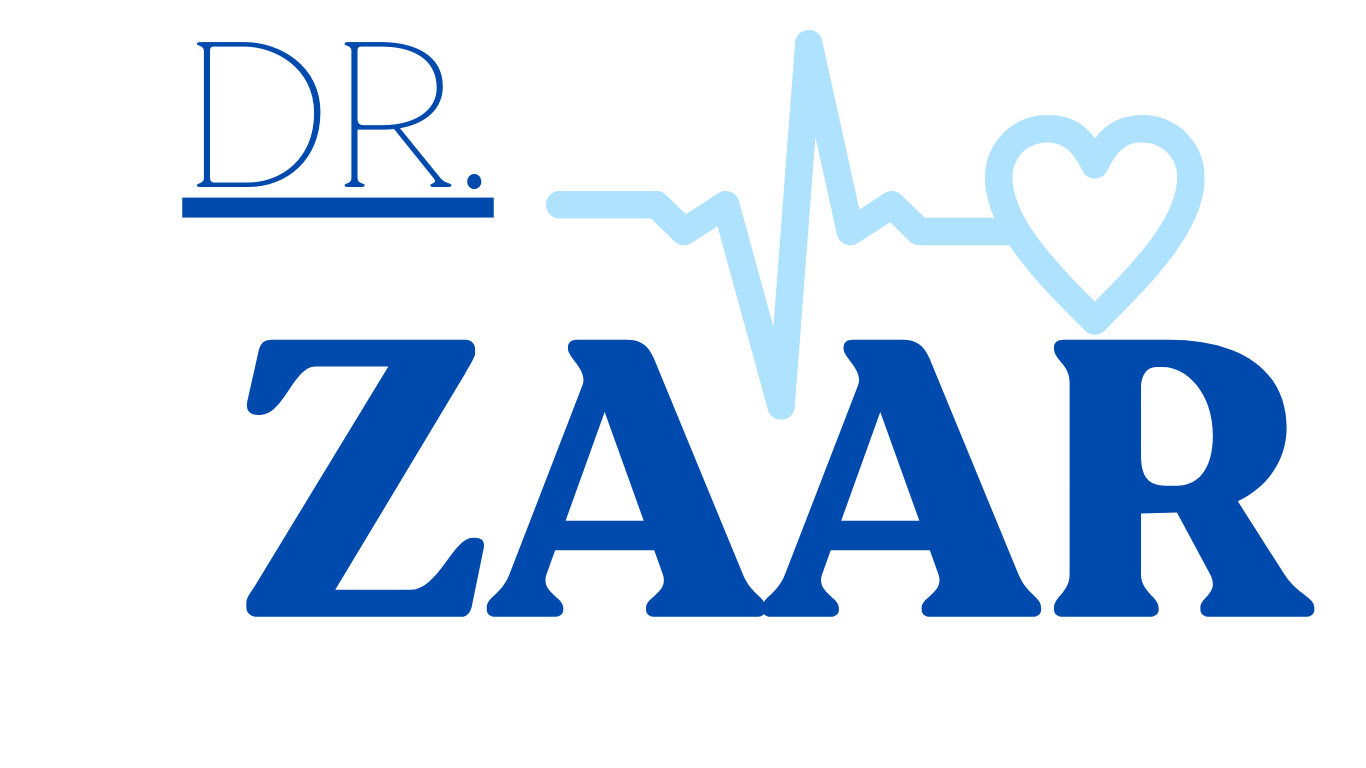"Endothelin: A Critical Factor in the Hormonal Dynamics of Hypothyroidism"
Introduction
Hypothyroidism is a common endocrine disorder characterized by an underactive thyroid gland, leading to insufficient production of thyroid hormones, primarily thyroxine (T4) and triiodothyronine (T3). While the primary focus in hypothyroidism has traditionally been on thyroid hormones and their role in metabolism and energy regulation, recent research has illuminated the significance of endothelin, a family of vasoconstrictive peptides, in the hormonal dynamics of this condition. In this article, we will explore the emerging insights into the role of endothelin in hypothyroidism, the hormonal interplays, and the potential implications for understanding and managing this complex thyroid disorder.
Endothelin: A Brief Overview
Endothelin is a family of small peptides primarily produced by endothelial cells lining blood vessels. Among its three isoforms (ET-1, ET-2, and ET-3), endothelin-1 (ET-1) is the most extensively studied in humans. ET-1 is recognized for its potent vasoconstrictive effects and its involvement in regulating vascular tone, blood pressure, and various physiological processes.
Hypothyroidism: An Overview
Hypothyroidism arises when the thyroid gland fails to produce an adequate amount of thyroid hormones, leading to a slowdown in the body’s metabolic processes. This condition can be caused by various factors, including autoimmune thyroiditis (Hashimoto’s disease), thyroid surgery, or radiation therapy. Hypothyroidism is associated with a range of symptoms, such as fatigue, weight gain, cold intolerance, and mood changes.
Interactions Between Endothelin and Thyroid Hormones in Hypothyroidism
Recent research has unveiled intriguing interactions between endothelin and thyroid hormones in the context of hypothyroidism:
- Vascular Dysfunction: Hypothyroidism is often linked to cardiovascular complications, including increased vascular resistance and elevated blood pressure. Reduced thyroid hormone levels can lead to diminished nitric oxide production, contributing to endothelial dysfunction. ET-1, known for its vasoconstrictive effects, may play a role in the vascular alterations observed in hypothyroidism.
- Cardiac Effects: Thyroid hormones exert significant influence on cardiac function. In hypothyroidism, the heart’s contractility and output may be compromised. ET-1 is implicated in cardiac remodeling and fibrosis, potentially exacerbating cardiac dysfunction in individuals with hypothyroidism.
- Renal Implications: Thyroid hormones affect renal blood flow and filtration rate. In hypothyroidism, renal function may be impaired, leading to fluid retention and edema. ET-1 is involved in renal vasoconstriction and sodium reabsorption, which could contribute to renal complications in hypothyroid patients.
- Metabolic Consequences: Hypothyroidism is associated with metabolic abnormalities, including weight gain and elevated cholesterol levels. Endothelin has been linked to insulin resistance and impaired glucose metabolism. The interplay between thyroid hormones and endothelin may worsen metabolic complications in individuals with hypothyroidism.
Implications for Understanding and Managing Hypothyroidism
Understanding the interactions between endothelin and thyroid hormones in the context of hypothyroidism holds several implications:
- Cardiovascular Assessment: Patients with hypothyroidism should undergo comprehensive cardiovascular assessments, including blood pressure monitoring, vascular function evaluations, and cardiac imaging, to detect and manage potential complications related to endothelial dysfunction.
- Pharmacological Targets: Research into medications that modulate both thyroid hormones and endothelin pathways may offer novel treatment options for hypothyroidism. Dual-target therapies could potentially mitigate cardiovascular, renal, and metabolic complications associated with the disorder.
- Metabolic Management: Given the influence of both thyroid hormones and endothelin on metabolic parameters, comprehensive metabolic assessments and interventions, including weight management and cholesterol-lowering strategies, may be necessary to address metabolic abnormalities in hypothyroid patients.
- Renal Function Monitoring: Close monitoring of renal function is crucial in individuals with hypothyroidism, particularly in those with coexisting endothelin dysregulation. Identifying and managing renal complications promptly is essential to preserve kidney health.
Conclusion
Hypothyroidism is a complex endocrine disorder characterized by an underactive thyroid gland and a range of associated symptoms. Recent research into the interactions between endothelin and thyroid hormones has provided new insights into the pathophysiology of this disorder. Recognizing the significance of these interactions may lead to improved diagnostic methods and the development of more targeted therapies to address the multifaceted aspects of hypothyroidism, particularly its cardiovascular, renal, and metabolic complications. Further research in this area is essential to better understand the interplays between endothelin and thyroid hormones in hypothyroidism and to optimize treatment strategies for affected individuals.
The BNP Enigma in a Patient with Osteoporosis and Heart Failure
how to decrease prolactin levels naturally?
Prolactin, a hormone produced by the pituitary gland, is primarily associated with lactation. However, elevated prolactin levels, a condition known.
Read MoreTestosterone’s Role in Unethical Corporate Behaviors
In the competitive world of corporate business, the drive to succeed often blurs the line between ethical and unethical behavior..
Read More